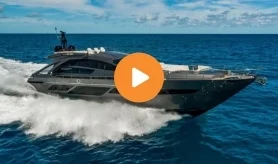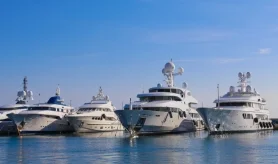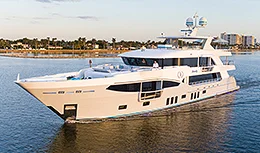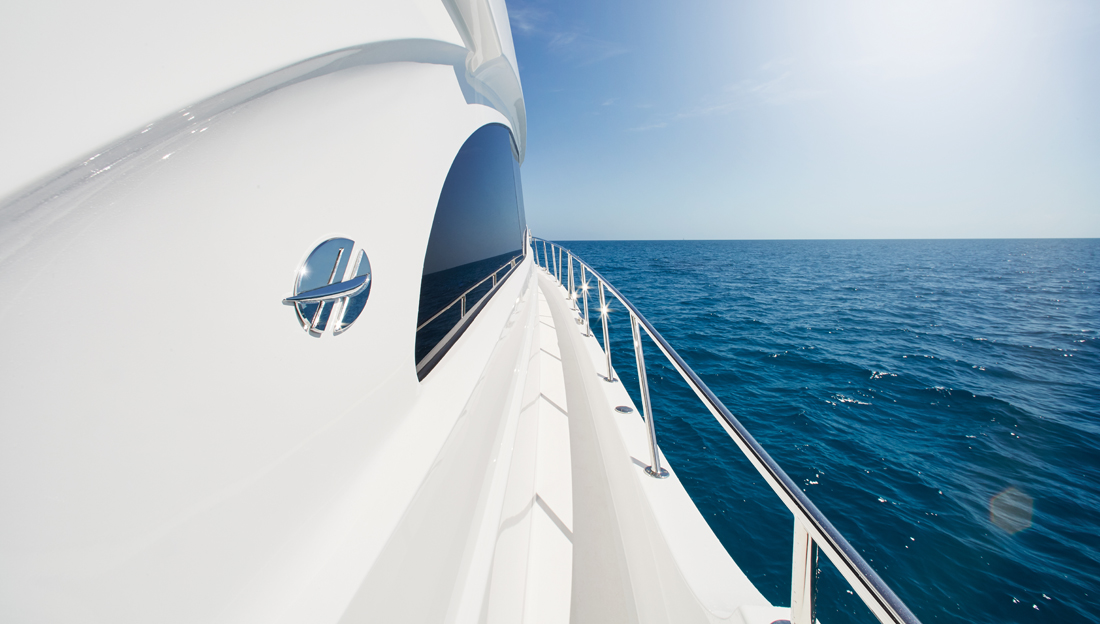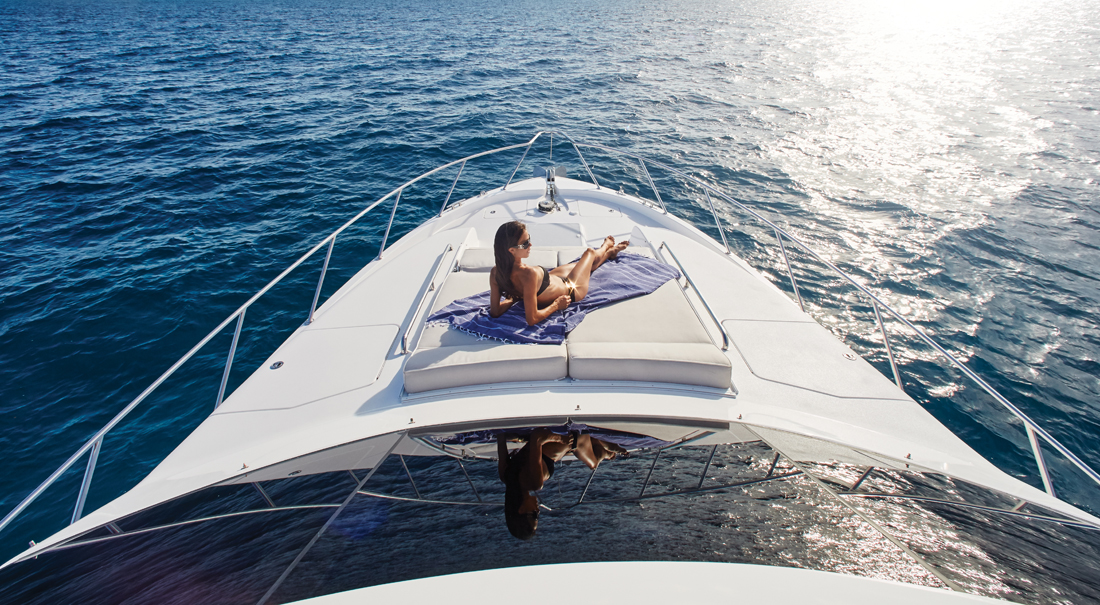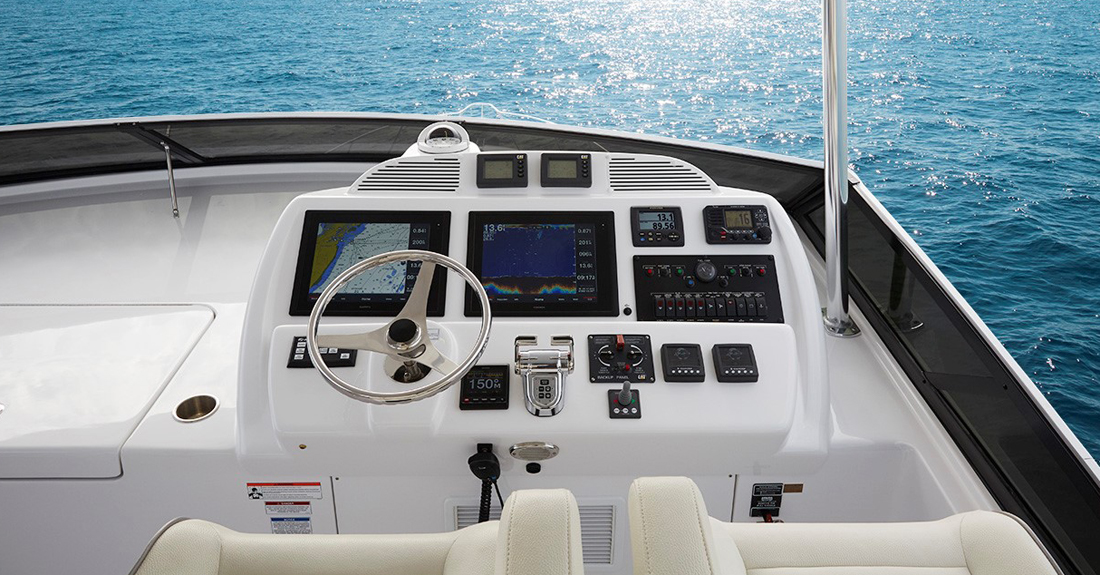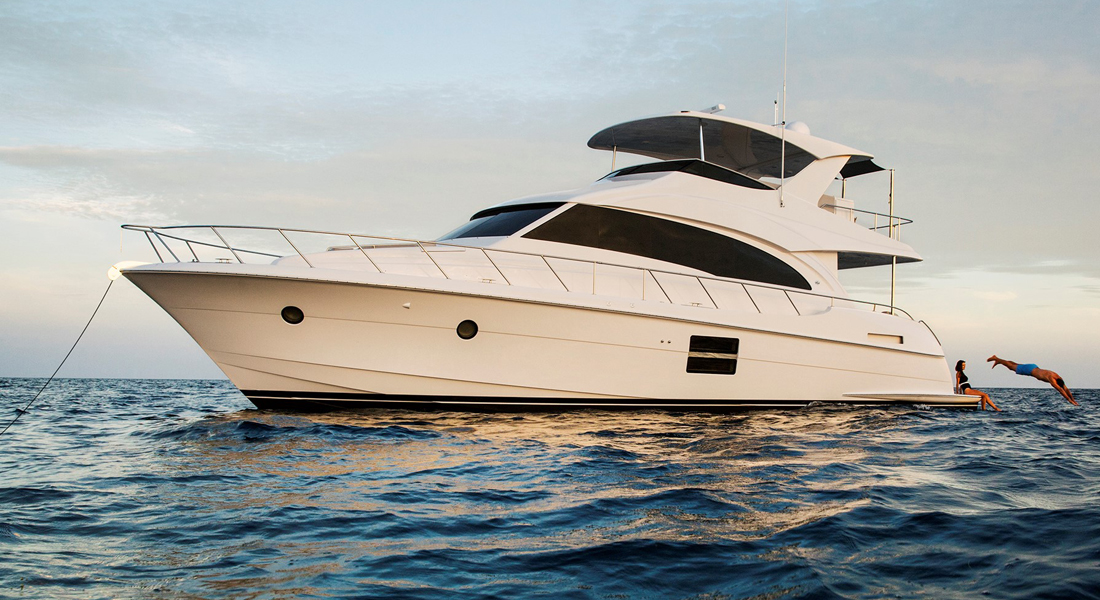- Alaskan Yachts
- Azimut Yachts
- Back Cove Yachts
- Beneteau Yachts
- Benetti Superyachts
- Bertram Yachts
- Boston Whaler
- Broward Yachts
- Buddy Davis Sportfish
- Burger Yachts
- Cabo Yachts
- Catamarans
- Carver Motoryachts
- Center Console
- Chris-Craft Yachts
- Cruisers Yachts
- DeFever Trawlers
- Dufour Sailboats
- Fairline Yachts
- Feadship Yachts
- Ferretti Yachts
- Filippetti Yachts
- Formula Yachts
- Fountaine Pajot Cats
- Grady-White
- Grand Banks Trawlers
- Hargrave Yachts
- Hatteras Yachts
- Hinckley Picnic Boats
- Horizon Yachts
- Hydra-Sports
- Intrepid Boats
- Jarrett Bay Sportfish
- Jeanneau Yachts
- Kadey-Krogen Trawlers
- Lazzara Yachts
- Lekker Boats
- Luhrs Sportfish
- Marlow Yachts
- Maritimo Yachts
- Marquis Yachts
- Mazu Yachts
- McKinna Motoryachts
- Meridian Yachts
- Midnight Express
- MJM Yachts
- Mochi Craft
- Neptunus Motoryachts
- Nordhavn Trawlers
- Nordic Tugs
- Numarine Yachts
- Ocean Alexander Yachts
- Ocean King
- Offshore Yachts
- Outer Reef
- Oyster Sailing Yachts
- Pacific Mariner Yachts
- Palmer Johnson Yachts
June 2, 2017 1:56 pm
The Hatteras 60 Motor Yacht is the perfect choice for an owner-operator with its ease of use and intuitive operation. Join us as Boattest.com tests this luxurious motoryacht:
The following opinions are solely those of BoatTest.com and its test captain.
Hi, Capt. Steve for BoatTest.com, and today I’m on a premium motoryacht designed to take on ocean conditions while providing performance and comfort. It’s the Hatteras 60 Motor Yacht, and I’m going to take it on a full test.
Before we get into her performance and handling, let’s take a quick tour of our deck to check out the line handling and anchoring capabilities. There are two stairways – port and starboard through a transom, making access to a large swim platform quick for an owner-operator.
As I come up in the side decks, I measure 18 inches between the cabin side and the rail, and the rails come up 34 inches. Notice how the cabin size are slightly curved in to give you a little bit more shoulder space as you make your way forward. Two 12-inch cleats on the side of the boat, convenient storage for lines and fenders.
Making our way up to the port deck, we have a Maxwell windlass with foot controls leading out to a stainless steel anchor roller, two access hatches on either side of the windlass for gaining access to the anchor rode storage. However, the storage compartment itself is not self-draining.
At the working end of the bow, 4-inch tow rails and the handrails come up 28 inches. The cleat and the chalk are in line with each other, so the dock lines will have to make a 90-degree angle, chafing here is installed.
To the port side the rail has a convenient boarding area, to the starboard side a watertight door with another boarding gate. Additionally, at both the port and starboard side are mounts for the ladder that’s stored in the lazarette for boarding from a tender.
Now let’s take a look at some of the features of the flying bridge. Firstly, I like these molded in steps as they leave you protected in a seaway. Both the captain and the observer get Pompanette platinum series seats with flip-up footrest, flip-up armrest; they swivel, slide and adjust for height as well as recline.
The helm layout is very orderly and almost entirely digital. The CAT displays, flanking the ZF display at the top of the panel, 20-inch nav displays to either side of the helm, Icom marine radio, depth gauge to the center, all of the engine controls and your electrical switches. The Zenith emergency backup controls, bow thruster controls and your joystick maneuvering system control, digital engine controls and autopilot over to the left-hand side.
The flybridge helm has 360-degree visibility, interrupted only by the hardtop supports. However, I don’t have a clear sight line of the stern. But by using the joystick maneuvering system and stepping to the side, now I have a sight line down the hatch of the starboard quarter.
Now let’s get underway. The Hatteras 60 Motor Yacht has a length overall of 60 feet 11 inches, a beam of 18 feet 2 inches and a draft of 4 feet 6 inches. With an empty weight of 76,000 pounds, 3-quarters fuel and 4 people onboard, we had a test weight of 81,240 lbs.
With a pair of 1135 horsepower CAT C18 engines powering our test boat, we reached a top speed at 2350 RPM of 31.5 knots. At that speed we were burning 120 gallons per hour for range of 236 nautical miles.
Best cruise was reached at 1500 RPM and 15.9 knots. That gave us a fuel-burn of 40 GPH and we could keep that up for 23 hours, giving a range of 358 nautical miles while still maintaining a 10% reserve.
But I find that the Hatteras 60 Motor Yacht feels most comfortable to me at around 1700 RPM, which is 73% of the throttle setting. That gives me a speed of 20.7 knots over the ground.
She exhibits a 5-degree bow high attitude at cruise, and in a full overturn at cruise speed, the radius looks to be about 3 boat lengths and she tends to lean 1-2 degrees outboard in the turn. With the convex bow design on the Hatteras 60 Motor Yacht, it throws water well off to the sides, and I’m very happy with the wave penetration, it doesn’t go pounding through the wave, it’s a nice clean slice through.
Close quarters maneuvering was amazing. With large 50-inch propeller, she was incredibly responsive to control inputs at low speed. With differential thrust she will turn in her own length with the pivot point being exactly at the standing position of the flybridge helm. I have yet to be in a boat that response so well to the control inputs which has to be due to those large propellers.
As you can see here, it allowed us the precision of back into a slip only marginally wider than the 60 Motor Yachts beam. In my opinion this is a key feature in making the 60 Motor Yacht an owner-operator’s boat without requiring the need for a hired captain. Her independent joystick for the bow thruster only serves to increase the confidence level.
Well that’s my full test of the Hatteras 60 Motor Yacht. In my opinion, she provides a solid ride while having the capability of handling ocean conditions. For BoatTest.com, I’m Capt. Steve. We’ll see you on the water.
